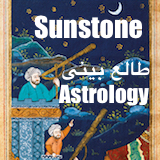Link
MajidNaficy 's Recent Links
The New Yorker: Double Time for Pat Hobby
MajidNaficy | 16 hours ago
0 19
The New Yorker: A.I. Is About to Solve Loneliness. That’s a Problem
MajidNaficy | 16 hours ago
0 22
The New Yorker: The Shame of “Alligator Alcatraz”
MajidNaficy | 16 hours ago
0 21
Survivor Calls for Release of Epstein Files, Ending Impunity for Rich & Powerful Abusers
Viroon | 10 hours ago
0 49
Category: None
How Russia used Brazil as a ‘spy factory’ for global espionage
Viroon | 10 hours ago
0 66
Category: None










Comments